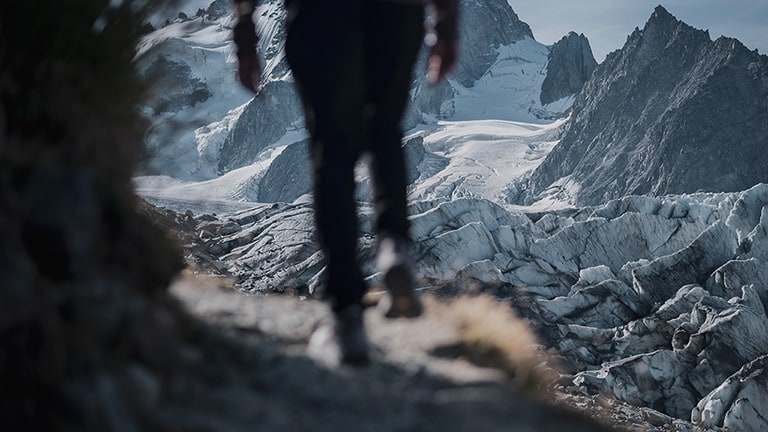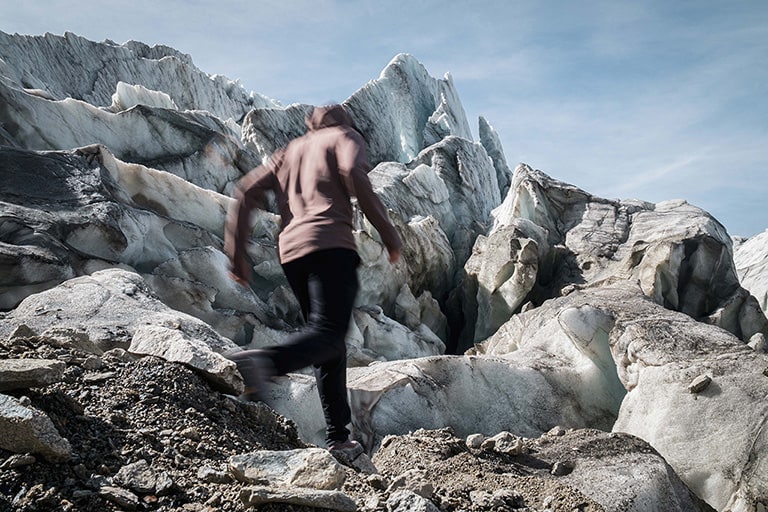
How to Prevent Hiking Injuries
Want to increase your chances of being safe and happy on the trails? This article will help people understand how to avoid hiking injuries.

Supported by Tòfol Castanyer
Hiking is a great outdoor activity to have fun, inspire, and keep you active. The best thing about hiking is that anyone with a passion for amazing views can do it, including children and adults.
Like any other sport, hiking has its fair share of inevitable injuries, preventing you from doing what you love. An injury from hiking can be fatal; by now, you might have heard all stories about deadly hiking accidents. Some hiking injuries are treatable and preventable, while others are inevitable. Thus, knowing how to prevent and treat them is essential. Here is what you need to know to prevent hiking injuries and how to treat them with your first aid kit.
Common Hiking Injuries and Treatment
Below are some common hiking injuries:
Blisters
Blisters result from friction between your footwear and skin.
To prevent blisters, ensure you have fitting socks that don’t slip up and down when hiking. Your boots should fit properly to keep your foot in place and prevent it from around. Furthermore, it is vital to keep your feet dry, and you can carry an extra pair of socks.
Treatment: Pop the blister with a sterilized needle, dry it and disinfect the wound. Next, cover the wound to prevent further rubbing.
Strains and sprains
Sprains and strains occur when you hike on uneven terrain, slippery surfaces, or hidden obstacles that increase your chances of a sprained ankle.
To prevent them, use a trekking pole, wear proper hiking boots, watch your step, and stretch before hiking.
Treatment: Soak a piece of cloth in cold water and wrap it against the strained area. If it's a sprained knee or ankle, tie a stick to the knee, which will serve as an emergency split until you return to your vehicle.
Hypothermia
Hypothermia is a common hiking injury, and it occurs after prolonged exposure to low temperatures dropping your body temperature below normal levels.
Preventive efforts for dealing with hypothermia include keeping yourself, your contents, and your backpack dry, carrying a space blanket, and having a warm drink flask.
Treatment: If you notice a person is showing signs of hypothermia, such as grumbling, stumbling, and shivering it’s important to stop to assist them. Change their clothes, wrap them in a survival bag and try warming them up by giving them warm drinks or lying next to them.
Sunburn
Sunburns are painful and irritating. Hiking exposes your skin to the sun, and the higher you hike, the more the potency of the sun’s UV increases.
To prevent hiking injuries related to exposure to the sun, always cover your skin by wearing long-sleeved shirts and wearing a hat to protect your face, ears, head, and neck. Additionally, you should wear SPF 30+ to SPF 50 sunscreen when hiking.
Treatment: Protect the sunburnt area from the sun and apply an ice-pack or piece of cloth to the skin. You can apply aloe vera or after-sun lotion to soothe the skin and prevent it from drying out and peeling.
Dehydration
Dehydration happens when the body loses more fluids than we drink, commonly occurring when hiking in areas with scarce water supply.
To prevent dehydration, drink plenty of water and carry electrolytes. These minerals help direct water to body parts that require it the most.
Treatment: Some symptoms of dehydration are smelly urine, excessive thirst, headaches, and lack of energy. Treatment involves rehydration by drinking plenty of fluids.

How to Prevent Hiking Injuries
Essential tips to help avoid hiking injuries.
Dress accordingly
Dressing accordingly is essential when hiking because it helps prevent injuries such as blisters, twisted ankles, and sunburns. Wear synthetic clothes that keep you dry, long-sleeved shirts, and quality hiking boots with support and shock absorbing soles.
Always stay alert
Watch every step and be alert to your surroundings when hiking. A single step or fall can cause serious injury; thus, you should always watch out for wild animals and be careful with your next step.
Check weather patterns
Before you go out hiking, check the weather patterns of that day. Poor weather, such as high temperatures and rain, can spoil your hiking experience by leading to injuries.
Warm up before and after the hike
Stretching before your hike gives you more range of motion and flexibility, which are needed when navigating rough terrain. Stretching after hiking helps prevent hiking injuries and reduces soreness.
Utilize a knee brace and hiking poles
Wearing a knee brace improves your stability for challenging hikes, especially if you are recovering from injury. Hiking poles help to redistribute your body weight to other body parts such as arms and shoulders, and they help reduce the impact on your knees.
What Should Be In Your First Aid Kit?
Here are must-have first aid kit requirements when hiking. They will help prevent hiking injuries and treat them if they occur:
- Elastic strap
- Blister plasters
- Sunscreen
- Bandages
- Elastic strap
- Ibuprofen
- Insect repellant
- Sugar sachets
- High-visibility jacket
- Tweezers
- Electrolyte powder
- Space blanket
- Antiseptic
Conclusion
Proper preparation and safety precautions are key to a secure and enjoyable hiking time. Try out these tips on your next hike, and you'll have a safe and pleasant time outdoors in no time. We hope this article helps prevent any injuries whilst hiking.
Photography: Nick Danielson
Share with a friend